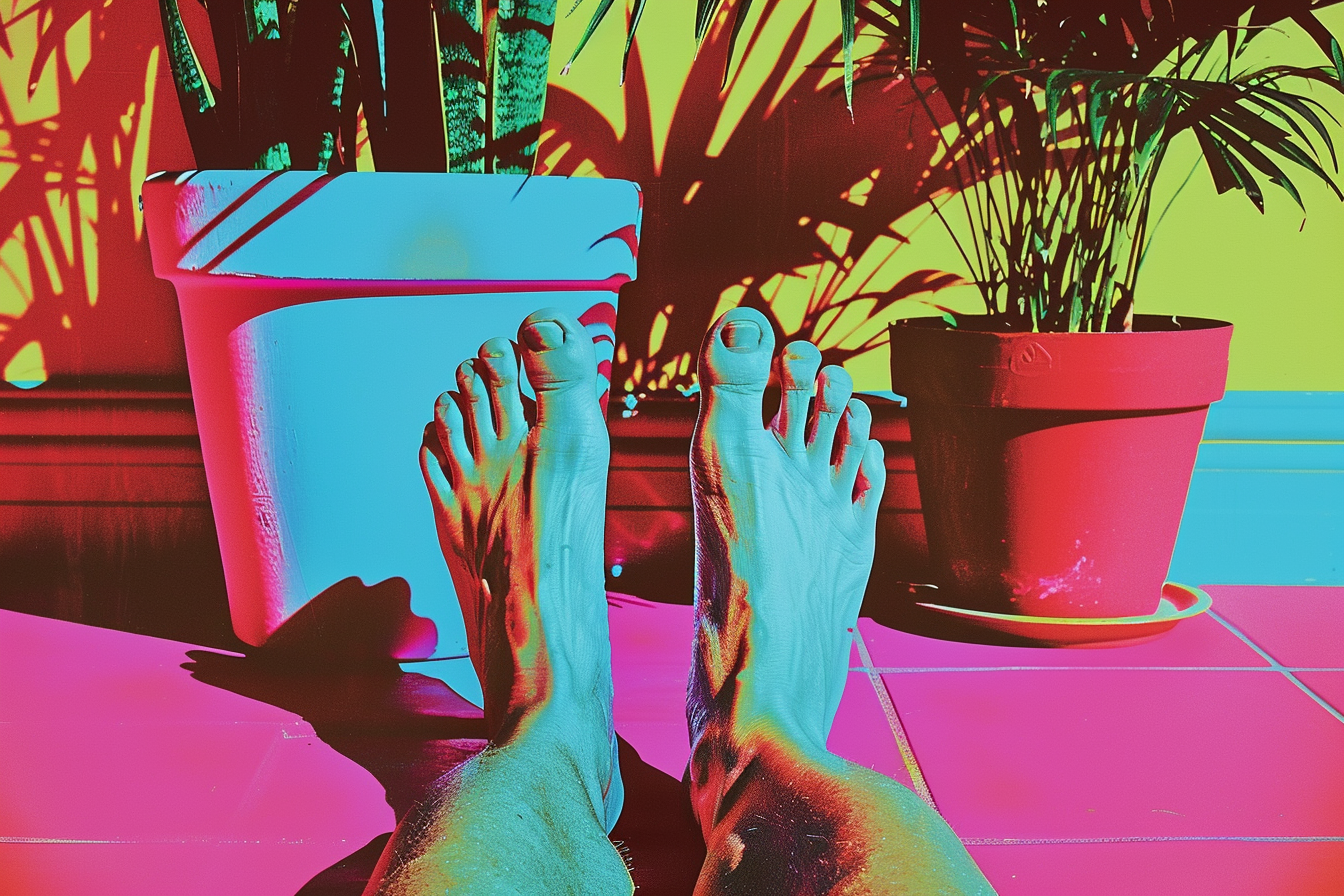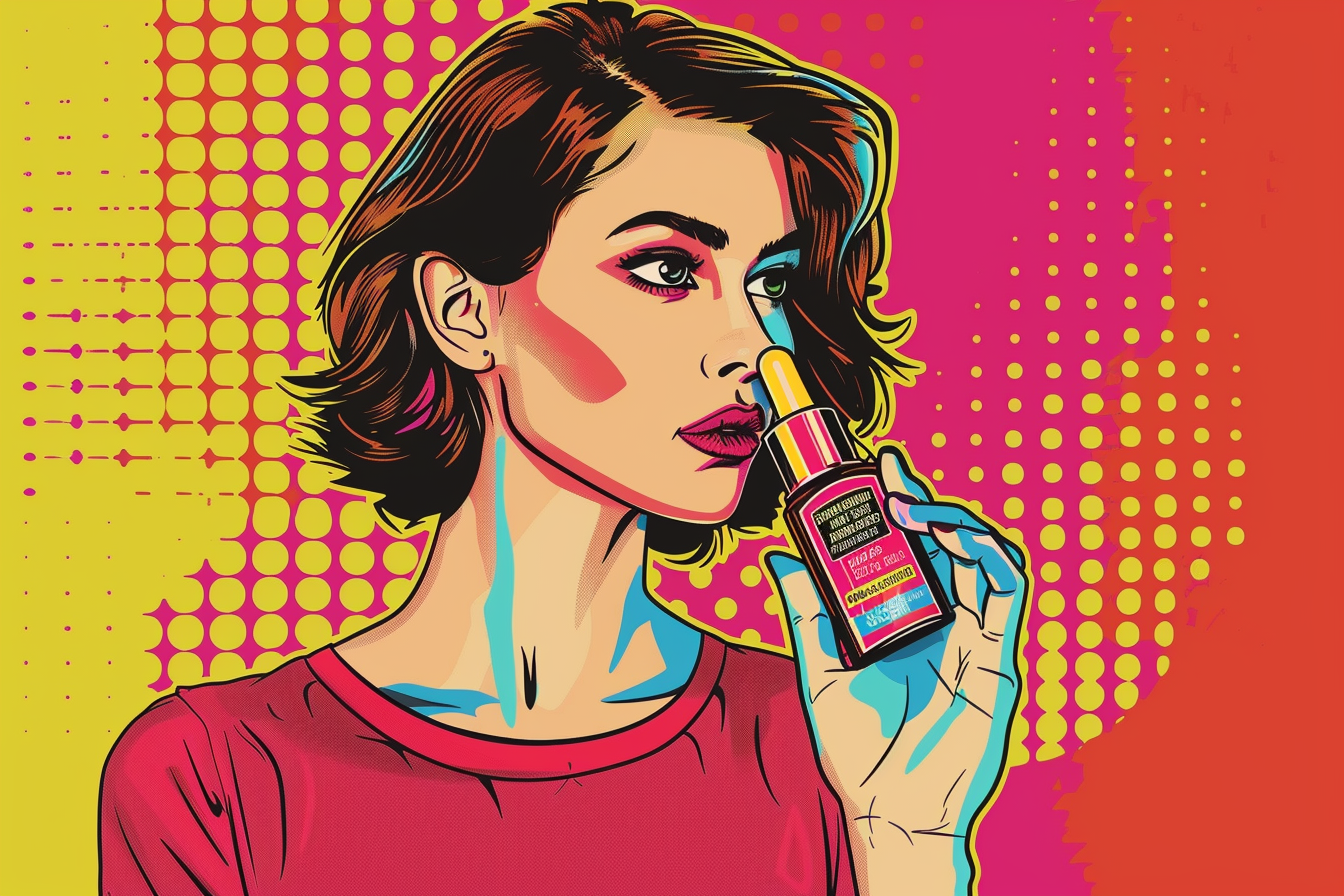
Understanding Skin Redness: Root Causes and Effective Management
Imagine your skin as a fragile vase exposed to gusts of wind, sudden temperature shifts, and pollutants. It’s easy to see why redness can take over, whether as a mild blush or a persistent flush. You might find yourself wondering, "Why does this happen, and can it be fixed?"
Skin redness isn’t just a cosmetic issue; it’s a sign that your skin’s natural barriers are under stress. From environmental triggers to underlying health conditions, various factors can contribute to this concern. And if left unchecked, they can lead to long-term damage that goes beyond the surface.
Fortunately, by understanding the root causes and adopting redness-focused skincare, you can regain harmony in your skin. Let’s dive into practical tips and effective solutions to manage redness and inflammation while restoring your skin's natural balance.
Understanding Skin Redness: Root Causes and Effective Management
Problem Analysis
Root Cause Breakdown
Skin redness often results from a mix of environmental, genetic, hormonal, and lifestyle factors. Weather extremes, pollution, and UV exposure irritate your skin by dilating blood vessels and breaking down its natural defenses. Similarly, skincare products with harsh ingredients may wreak havoc, especially if your skin is sensitive.
- Harsh weather conditions like wind or cold
- Exposure to airborne pollutants
- Unprotected sun exposure
- Rapid temperature changes
- Skincare products with irritants
Underlying conditions can also be at play. Chronic redness is commonly linked to skin issues like rosacea, eczema, psoriasis, or contact dermatitis. These problems stem from inflammation, allergens, or compromised skin barriers.
- Rosacea: Persistent redness often accompanied by sensitivity
- Eczema: Flare-ups triggered by allergens or irritants
- Contact dermatitis: Direct reactions to irritating substances
- Seborrheic dermatitis: Occurring around oil-rich areas due to inflammation
- Psoriasis: Autoimmune-linked redness and scaling
Impact Assessment
Redness isn’t just cosmetic; it weakens your skin barrier, making you more prone to irritation and premature signs of aging. Environmental factors like UV radiation and pollution amplify damage by triggering oxidative stress, which further depletes your skin's resilience.
If not managed, persistent redness can lead to texture concerns, heightened sensitivity, and psychological effects, such as self-consciousness or anxiety, especially when flare-ups are visible.
Solution Architecture
Core Solution Components
Managing redness starts with gentle, targeted care. Your approach should include calming ingredients, hydration, and protection against environmental stressors. Products tailored for redness-prone skin, such as those containing azelaic acid, niacinamide, and ceramides, can help soothe inflammation and repair your skin barrier.
- Azelaic acid: Reduces inflammation and prevents flare-ups
- Niacinamide: Strengthens the skin barrier and minimizes irritation
- Hyaluronic acid: Boosts hydration to soothe dryness
- Ceramides: Rebuild the protective barrier
- Antioxidants: Protect against oxidative stress caused by UV rays and pollutants
Protective measures also play a big role. Broad-spectrum sunscreen (preferably physical with zinc oxide) and antioxidant serums shield your skin from harm, while calming moisturizers lock in hydration and reduce irritation.
Implementation Strategy
A simple, well-structured skincare routine can make all the difference. Start with a focus on daily protection and hydration. Incorporate calming and hydrating steps into your routine to prevent triggers and maintain skin resilience.
- Cleanse with a sulfate-free, gentle cleanser.
- Apply a calming serum with niacinamide or azelaic acid.
- Moisturize with ceramide-infused or anti-redness formulas.
- Follow with a broad-spectrum SPF 30+ sunscreen daily, even indoors.
For extra care, products like Clinique’s Redness Solutions or Typology’s Redness Relief Face Moisturizer combine hydration with anti-inflammatory benefits.
Practical Application
Implementation Guide
Adding redness-focused products step by step ensures your skin adjusts without becoming overwhelmed. Here’s a basic framework:
- Morning Routine: Cleanse, apply antioxidant serum, moisturize, sunscreen
- Evening Routine: Cleanse, use a soothing treatment serum, apply a hydrating moisturizer
Layer products logically, starting with the lightest consistency and moving to heavier textures, like moisturizers. Always introduce new items gradually by testing them on a small patch to avoid unexpected irritation.
Optimization Section
Keep track of your skin's progress by maintaining a journal. Document what you’ve added or removed from your routine, and note any triggers such as diet, stress, or weather. Adjust products or steps as needed to ensure ongoing improvements.
- Incorporate calming masks weekly for extra relief
- Hydrate with hyaluronic acid to counteract dryness
- Consult a dermatologist periodically for personalized recommendations
To enhance long-term resilience, include high-quality actives like antioxidant serums (e.g., CE Ferulic) and hydrating products. These not only soothe flare-ups but also prevent future damage.
Simple Strategies for Managing Skin Redness
Taking proactive steps can significantly improve skin redness and its impact on your daily life. Focus on consistency.
Key Takeaways
Address skin redness by understanding triggers, selecting calming products, and prioritizing gentle skincare routines and hydration.
- Recognize environmental and lifestyle triggers, such as pollution, UV exposure, and rapid temperature changes.
- Choose anti-redness products with soothing ingredients, including azelaic acid, niacinamide, and ceramides.
- Protect sensitive skin with broad-spectrum sunscreen and antioxidants to reduce long-term environmental damage.
Actionable Steps
An effective routine ensures gradual, sustained skin improvement. Stick to these habits consistently for noticeable relief.
- Begin with a sulfate-free cleanser to prevent irritation during cleansing.
- Apply hydrating serums or soothing treatments like azelaic acid to reduce inflammation.
- Finish with a ceramide-rich moisturizer to repair your skin barrier and maintain hydration.
- Use sunscreen with SPF 30 or higher daily to shield skin from UV-related stress.
Looking Ahead
Regularly monitor skin changes to refine your approach. Professional advice from a dermatologist enhances tailored care.
- Track visible improvements and note any persistent triggers for targeted adjustments.
- Supplement routines with calming masks or dermatologist-recommended treatments for optimal balance.
With careful maintenance, skin redness becomes manageable, allowing confident, healthier skin despite environmental challenges.
https://example.com/skincare-redness-research,https://example.com/dermatology-inflammation-study,https://example.com/skin-treatment-ingredients
©copyright 2024, Valentia Skincare, All rights reserved.










